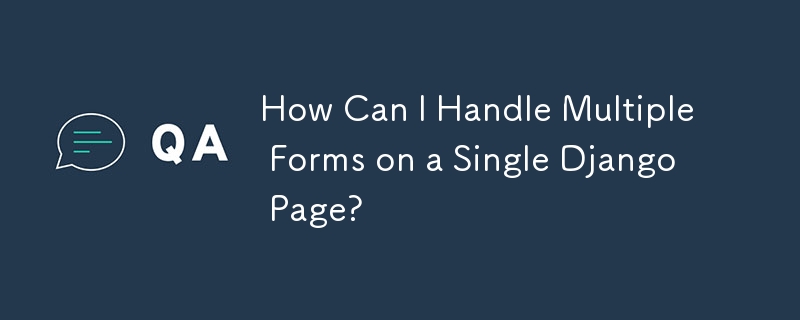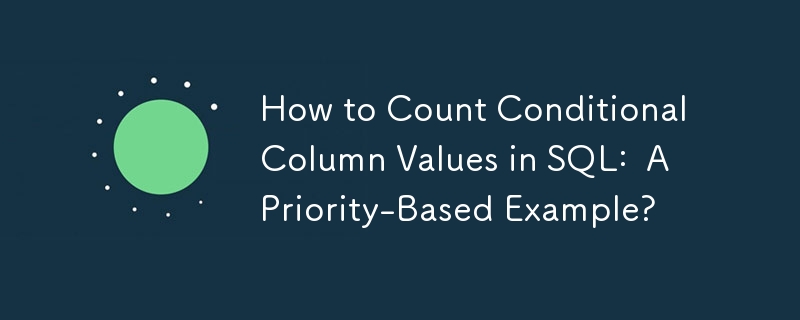Found a total of 10000 related content

How to Use the HTML5 History API for Single-Page Applications?
Article Introduction:This article explains the HTML5 History API for building Single-Page Applications (SPAs). It details pushState() and replaceState() for manipulating browser history without page reloads, emphasizing clean URLs and improved user experience. The arti
2025-03-10
comment 0
1041

How to build a single page application (SPA) with HTML5?
Article Introduction:Using HTML5 to do single-page application (SPA) requires combining JS and CSS. The core lies in front-end routing, dynamic content loading and good structural organization. 1. Use HistoryAPI to implement front-end routing, control URL changes through pushState/replaceState and listen to popstate event processing navigation; 2. Load content dynamically, obtain data or templates asynchronously according to the current path and render to the main container, so as to achieve page switching without refresh; 3. Imitate the component structure, treat each page as an independent component, control loading and unloading through JS, and reuse common parts such as the head and bottom; 4. Load resources asynchronously, introduce JS/CSS as needed, and use lazy loading and preloading strategies to improve performance. Master these four points
2025-07-10
comment 0
206


HTML5 history API for single page applications
Article Introduction:HTML5HistoryAPI is an interface for operating browser history. It implements SPA refresh-free routing through pushState, replaceState and popstate. Its core functions include: 1.history.pushState() adds a new history, suitable for page switching; 2.history.replaceState() replaces the current record, suitable for updating the URL without adding new history; 3.window.onpopstate listens to the browser's forward and back events. Front-end routing realizes navigation by intercepting link clicks, calling pushState to update the URL, loading content based on the path and listening to popstate
2025-07-06
comment 0
467

Can a single HTML5 page have multiple tags?
Article Introduction:Yes, an HTML5 page can have multiple tags. 1. Multiple tags can be used to display video collections, teaching clips, social media videos or compare content shot from different angles; 2. When using it, you need to pay attention to the browser's restrictions on automatic playback. It is recommended to set muted attributes or control playback through JavaScript; 3. You need to pay attention to performance issues to avoid page lag, which can be solved by delaying loading and optimizing video encoding; 4. It is recommended to unify the control style and design reasonable interactive logic, such as pausing other videos to improve the user experience.
2025-06-28
comment 0
470

How to Use the Mouse Wheel Event in HTML5 Pages
Article Introduction:This article explores how to enhance HTML5 web pages with mouse wheel interactivity, going beyond standard page scrolling to enable actions like zooming. The core challenge lies in cross-browser compatibility, particularly with Firefox's use of the
2025-02-28
comment 0
1060

How to Customize WooCommerce Product Pages
Article Introduction:Key Points
WooCommerce product page customization uses operations and filter hooks to directly modify the theme file without modifying the tags of the template file.
Customize the product page by loading the single-product.php file and copying the template in the theme, all changes are made in a copy, ensuring that custom changes are not affected when updating the theme and plug-in.
You can create a custom product page or product category by adjusting the custom templates for these pages and ensuring that the new product or category you are added is at the end of the content-single-product.php file.
Use plugins such as Elementor and Beaver Builder, no
2025-02-10
comment 0
914

Creating Reusable Content Structures with HTML5 Template Tag
Article Introduction:HTML5 tags are used to create reusable lazy content structures. The specific steps are: 1. Define the template; 2. Obtain and clone the template content through JavaScript; 3. Insert the clone content into the page. Its features include default invisible, support for any HTML, and require JS operations. It is suitable for scenarios such as component structure, dynamic loading, and preloading resources. The scripts and styles in the template need to be specially processed and cannot be nested in specific tags.
2025-07-06
comment 0
926

Working with Reusable Content Fragments Using the HTML template Tag
Article Introduction:Tags are a tag introduced by HTML5 to define reusable content fragments. They are not rendered immediately, but can be dynamically inserted through JavaScript. The usage process includes: 1. Defining the template; 2. Cloning the content; 3. Inserting the DOM. For example, get the template through document.getElementById, call cloneNode(true) and insert the page. When dynamically filling the data, content binding can be achieved by operating the cloned DOM elements, which is suitable for building product lists, user cards and other components. When using it, be careful not to directly access template sub-elements, avoid ID conflicts, handle style scopes, and can also create encapsulation components with WebComponents.
2025-07-11
comment 0
947

How to link to a specific part of a page in HTML?
Article Introduction:To achieve the function of jumping to a specific part in a web page, you can achieve it through the following steps: 1. Set a unique id for the target element; 2. Use the #id name to point to the id in the link's href attribute; 3. You can add scroll-behavior:smooth through CSS to achieve smooth scrolling effect; 4. Pay attention to ensuring that the id is unique and has a reasonable naming, avoiding Chinese or retaining keywords; 5. In mobile or single-page applications, you need to ensure that the target element has been loaded or used JavaScript to deal with offset issues.
2025-07-11
comment 0
486

Using the HTML5 `` element for reusable content.
Article Introduction:Elements are native tools in HTML5 for storing unreleased HTML fragments, and can be efficiently reused after cloning through JavaScript. 1. Get template nodes; 2. Cloning content; 3. Filling data; 4. Inserting page. When using it, you need to pay attention to: the content and styles must be accessed through cloning, and must be defined separately and compatible with modern browsers. Suitable scenarios include dynamic lists, pop-up components, table rows and other duplicate structures.
2025-07-08
comment 0
476

JavaScript 'this' and Event Handlers
Article Introduction:JavaScript event processing: In-depth understanding of this keyword and event processing mechanism
Efficient client web applications cannot be separated from JavaScript event handling mechanism. Events allow JavaScript to detect user behavior, such as mouse hover, clicking on links, page scrolling, window resizing, dragging objects, etc. Your JavaScript code can register an event handler that triggers when a specific event occurs. Most browsers will pass a single object containing event information to the function, such as key information, mouse cursor position, etc. You can then do certain actions such as animation elements, initiating an Ajax request, or blocking the browser's default behavior. In addition, this keyword also
2025-03-06
comment 0
1063

What is the HTML template tag?
Article Introduction:Tags are containers used in HTML5 to store lazy content. They are not directly rendered when the page is loaded, but can be dynamically extracted and used through JavaScript. It is suitable for scenes where the same structure needs to be created repeatedly, such as generating lists, cards, or pop-ups. 1. The UI component structure can be predefined to improve component development efficiency; 2. Reduce the amount of code used by JS to splice HTML to enhance maintainability; 3. Improve page performance, because the template does not participate in rendering at the beginning. The steps to use include: define the template structure in HTML, obtain and clone its contents in JavaScript, and insert the DOM after modification. Notes include: only effective in modern browsers, avoid directly embedding scripts or styles, and it is recommended to add class names or IDs for operation in complex structures.
2025-07-07
comment 0
863

How to use the HTML5 Data attributes for custom data.
Article Introduction:HTML5's data attribute is a standard way to store custom data on page elements. 1. It starts with data-, such as data-user-id. The data is invisible to the user but can be accessed through JavaScript; 2. Use the dataset attribute to read or set the data, and the hyphen is converted to camel; 3. Suitable for front-end template rendering, component state management, interactive control and other scenarios; 4. Precautions include avoiding storing sensitive or large amounts of data, preventing naming conflicts, paying attention to data type conversion, and reasonable use to avoid performance problems. Correct use of data attributes can make the front-end logic clearer and more concise.
2025-07-04
comment 0
281


Dave The Diver: How To Catch Spider Crabs
Article Introduction:In Dave The Diver, there are some creatures that are not easy to catch. Or, catch alive that is. The spider crab is one of those very species, making it seem like the only way to bring these crustaceans back up to land is to viciously crack them up w
2025-01-10
comment 0
777

















